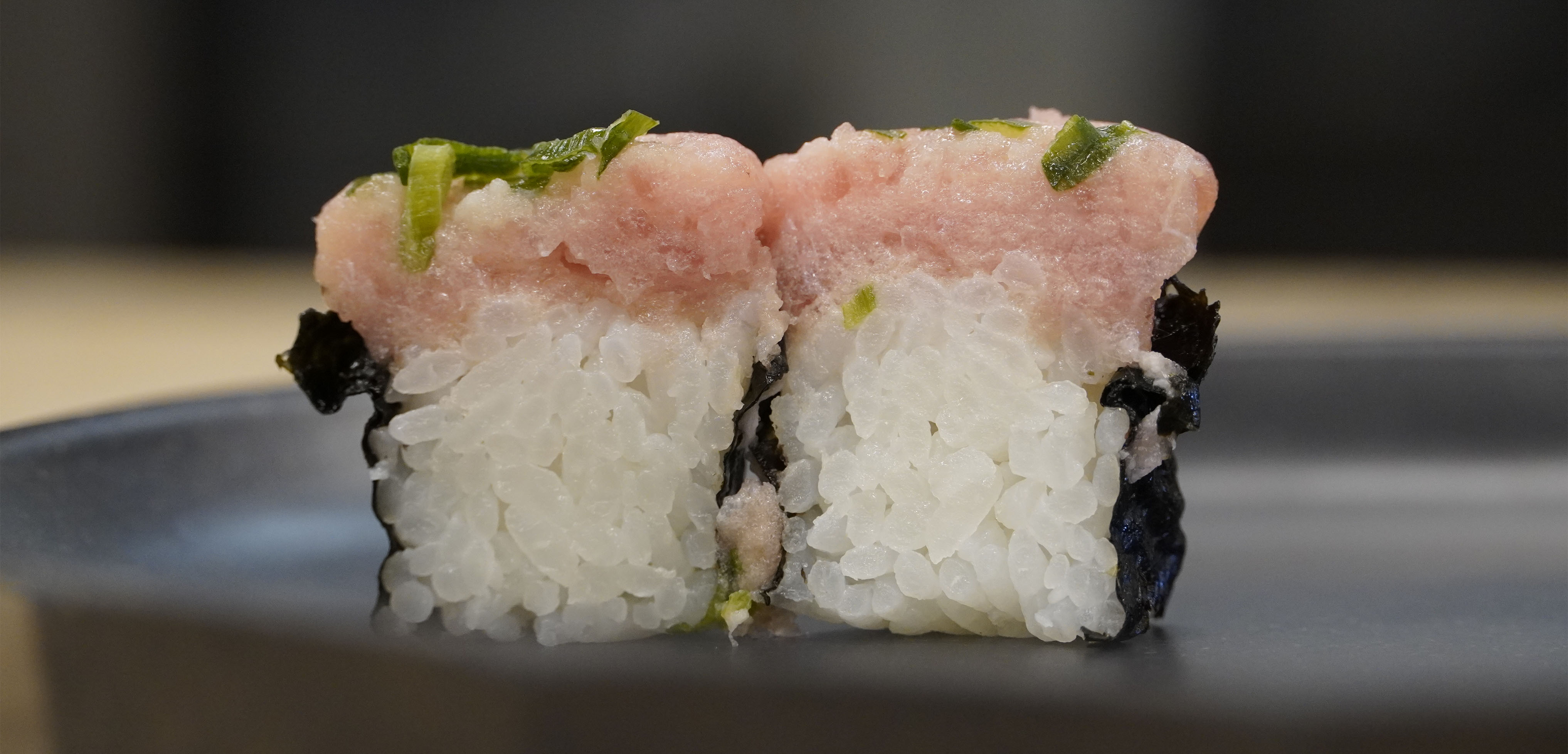Flash freezing demo pizza

This time, we conducted an experiment using freshly baked "pizza"!
This time, we will conduct a demonstration experiment assuming sales to general customers.
In this experiment, we verified the difference when thawing freshly baked pizza using several different methods.
For freezing, I put the freshly baked pizza directly into the Artlock freezer while still hot.

There are many points in which Artlock Freezer can achieve high-quality freezing.
① You can put freshly baked food into the freezer while it is still hot.
② Even if the pizza is exposed to direct wind, drying can be kept to a minimum.
③Flavor and aroma can be retained even after thawing
④The product shape is beautiful because it is wrapped and packaged after freezing.
Not only from a hygienic point of view by suppressing the growth of bacteria, but also by preventing moisture evaporation, the reproducibility of taste, texture, and aroma is extremely high!
After firing➀
Freeze the pizza you baked on the stove in the Artlock freezer.

After freezing ➀
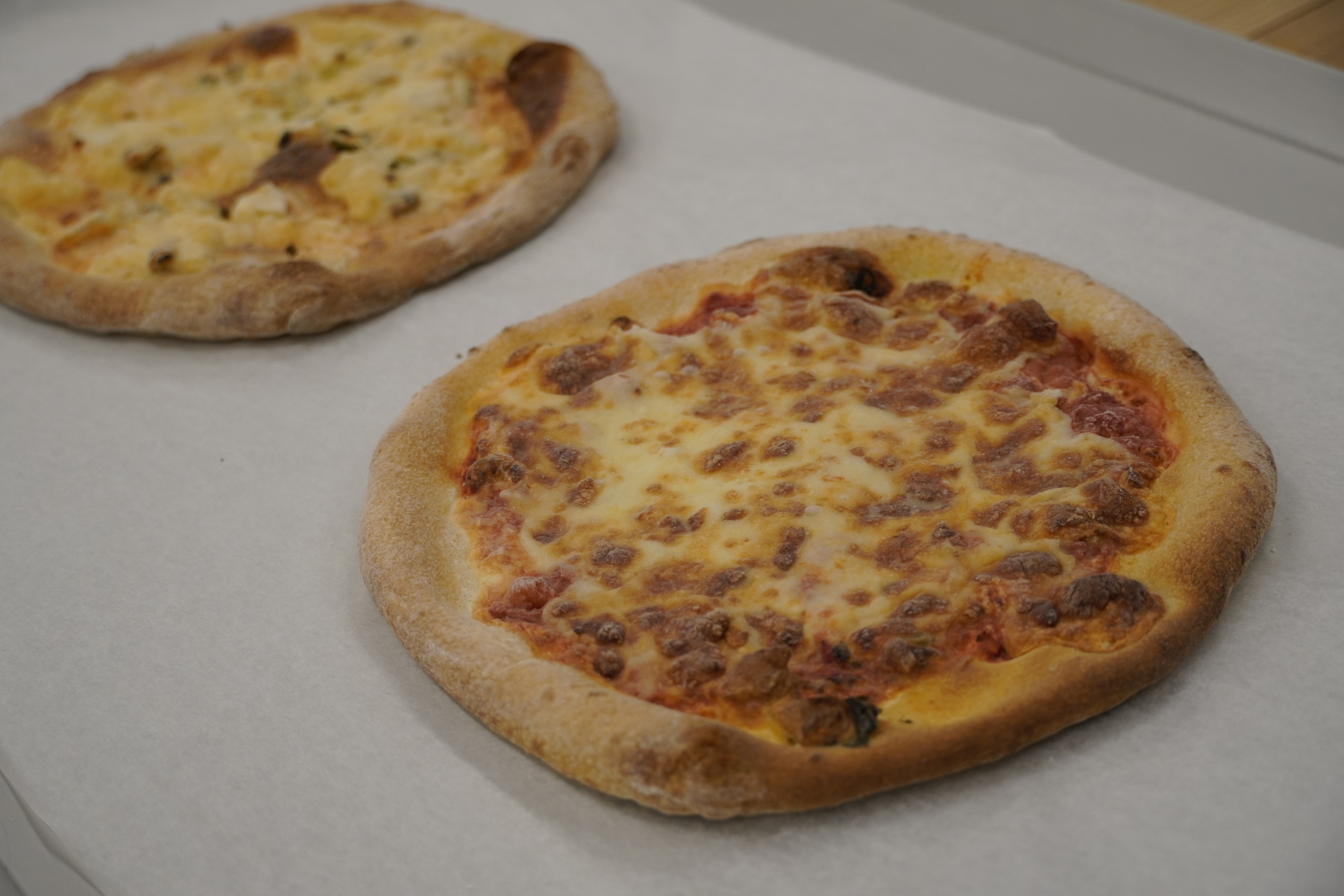
After firing ②
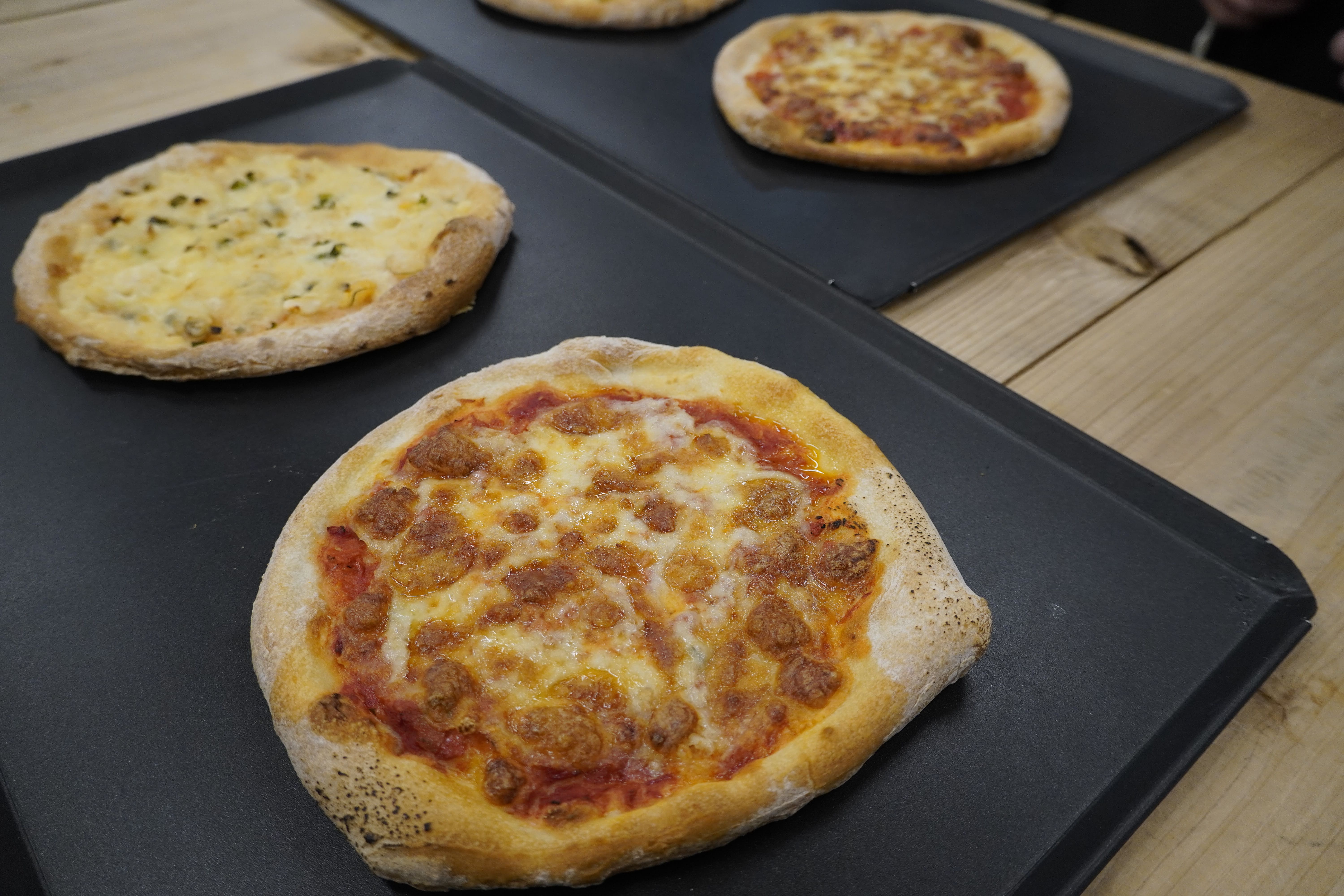
After freezing②
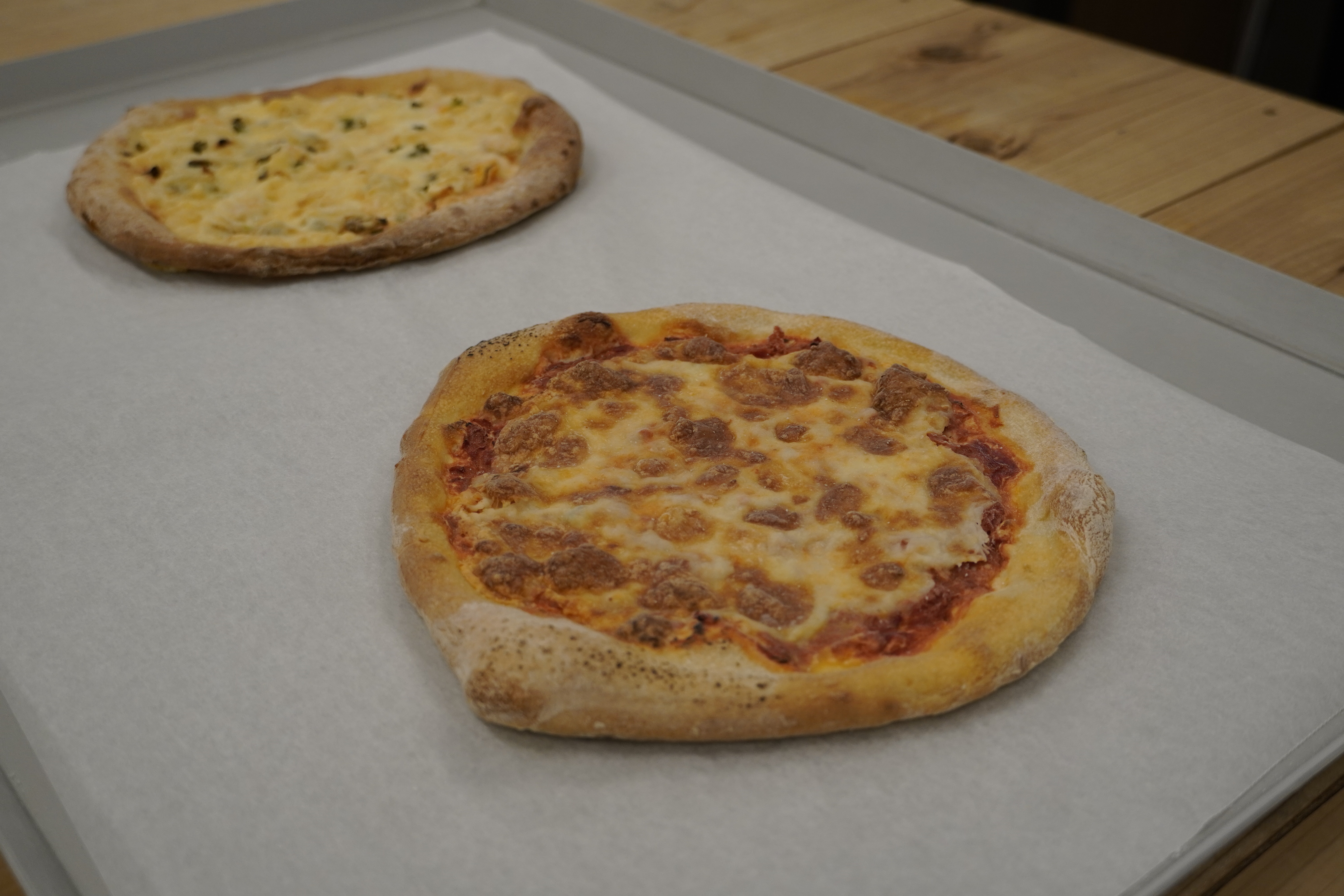
After freezing ① & ②
After freezing, put the pizza in a bag and use a vacuum packaging machine to gently remove the air before storing. For pizza and soft bread, even after freezing, if the vacuum is too strong, the air in the dough will escape and the dough will collapse, so you need to be careful!
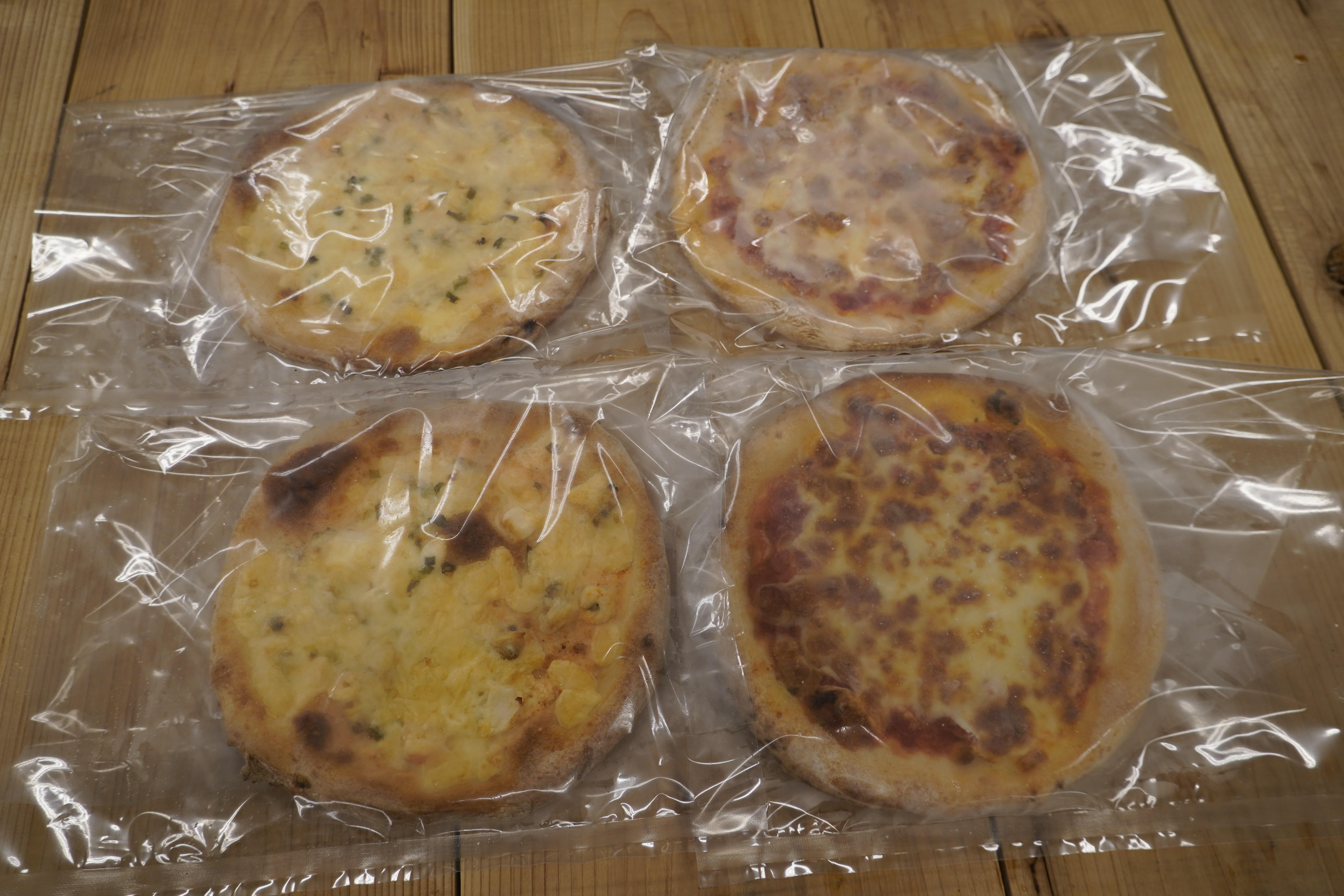
Result 1: Microwave thawing
·Cooking method
Heat at 500W for about 2 minutes

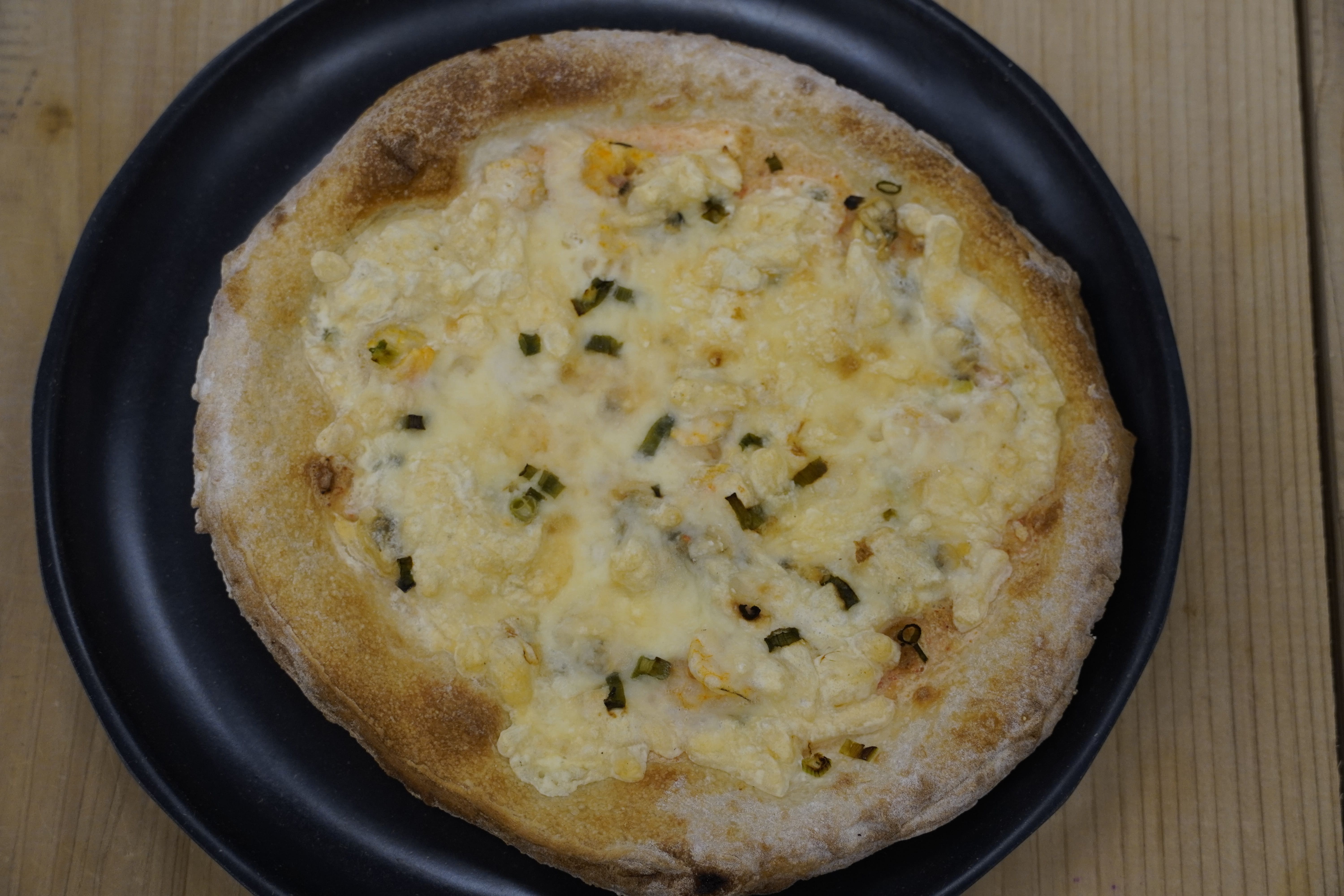
・Microwave thawing tasting
The pizza dough and toppings (cheese) had a high degree of reproduction, but the ears were quite hard.
The cause seems to be that when defrosting the dough in the microwave, it was thawed at a high wattage, which caused the moisture in the dough to evaporate, and even the moisture necessary for the dough to taste delicious.
Additionally, since the Milanese-style fabric was used this time, the key point for the selvage of the original fabric was to have a ``fluffy and chewy feel'', but issues remained regarding its reproducibility.
Milanese-style pizza tends to have a hard crust, so a Neapolitan-style crispy crust (which naturally has a low moisture content) would probably work well!
Regarding the Neapolitan-style pizza freezing experiment, we are planning to conduct another demonstration experiment next time!
Result 2: Oven toaster thawing
·Cooking method
From the result of 1 above,
By spraying water on the pizza ears before baking and covering only the ears with aluminum foil,
It may be possible to prevent your ears from becoming hard.
Based on this hypothesis, I tried defrosting in a toaster oven.
Before actually baking, I sprayed water on the pizza ears, covered them with aluminum foil, and baked them directly in the toaster oven for about 5 minutes!
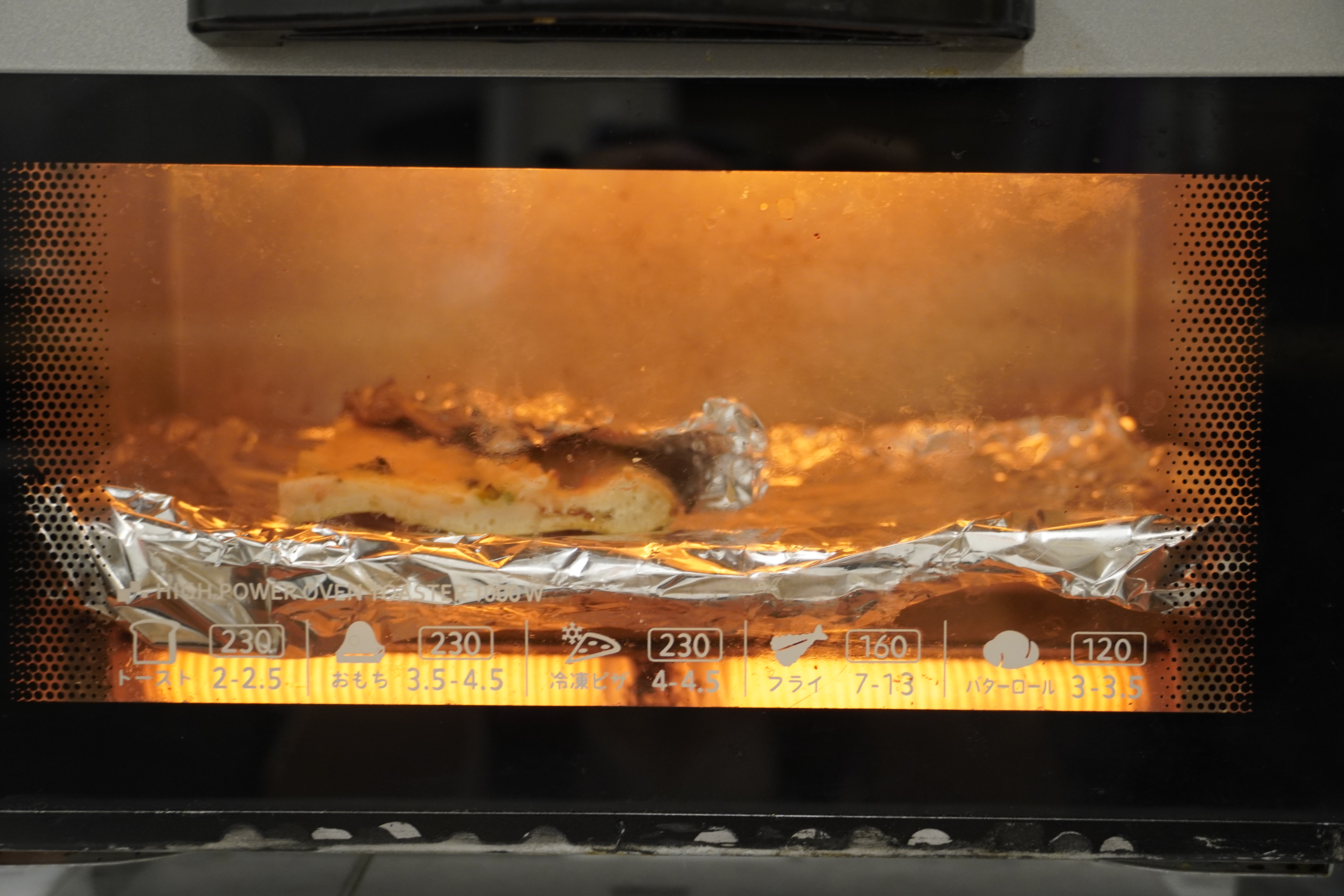
・Taste of defrosting in toaster oven
Defrosting the pizza dough and ingredients was as easy as defrosting in the microwave.
The smell of cheese is irresistible! The smell of freshly baked food made the whole room happy.
The reproducibility of aromas achieved by freezing in the Artlock Freezer is often well-received by customers!
Regarding the important change in the pizza ears, although it cannot be reproduced 100% before freezing,
This time, I was able to eat the ears deliciously!
Conclusion
This time, we reported on the results of a pizza freezing/thawing experiment and tasting.
Immediately after baking, the pizza was frozen in an Artlock freezer, and thawing was tested using both a microwave oven and a toaster oven.
As a result of this experiment,
- Although the reproducibility of pizza dough and ingredients is high when defrosting in a microwave oven (heating at 500W for about 2 minutes),
The pizza ears were quite hard.
= By thawing at a high wattage, too much moisture was evaporated from the dough.
When defrosting in a toaster oven (heating for about 5 minutes), spray the pizza ears with water and cover them with aluminum foil.
I was able to enjoy the pizza ears with a fairly high degree of reproducibility!
Next time, I would like to experiment with Neapolitan-style pizza, which seems to have a low moisture content in the dough!
In this way, the Daybreak Lab team is also conducting research on freezing and thawing methods.
In this experiment, we sprayed water on the pizza ear, covered the same area with aluminum foil, and heated it in a toaster oven, but we wondered if there was an easier and more reproducible thawing or freezing method. We will continue to repeat the experiment!
Of course, the lab team also accepts other ingredients!
For inquiries about freezing and thawing, please contact the Daybreak Lab team! !








![[Storage period increased by 30 times! ] Achieving a stable supply of raw whitebait!](https://shunkashutou.com/wp-content/uploads/2016/11/579c55e6d32e1385c250e8e7c3ed59a71.jpg)
![[Sales increased 100 times! ] rapid freezing the signature menu “Ni-katsu sandwich”!](https://shunkashutou.com/wp-content/uploads/2016/11/IMG_02391.jpg)
![[Horse sashimi] We have significantly reduced waste loss with rapid freezer!](https://shunkashutou.com/wp-content/uploads/2016/11/5fda59d0cbcdabde18e58c3c58c09ed0.jpg)




![[Storage period increased from 3 days to half a year! ] Restaurants are expanding their business using wholesale and mail order!](https://shunkashutou.com/wp-content/uploads/2018/04/66c19942ab4ba346fdb64ccc04cde373.png)
![[Reduce loss from 200 kg of oysters to zero] Improve loss and expand business with rapid freezer](https://shunkashutou.com/wp-content/uploads/2018/06/19785ca583a8d3c4041c7c192d041b0d.jpg)














![[Freezing Neapolitan] rapid freezing demonstration](https://shunkashutou.com/wp-content/uploads/2016/09/napolitan.jpg)


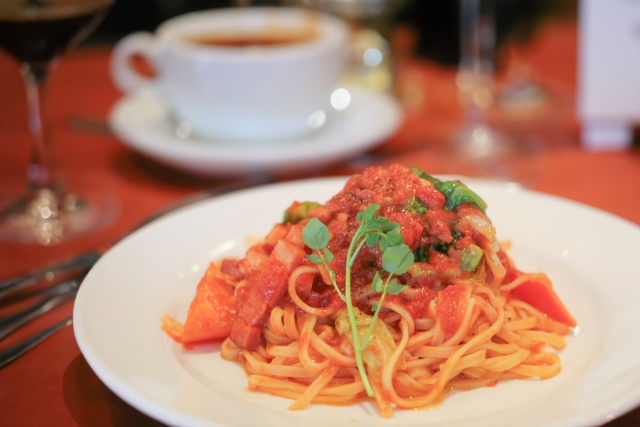

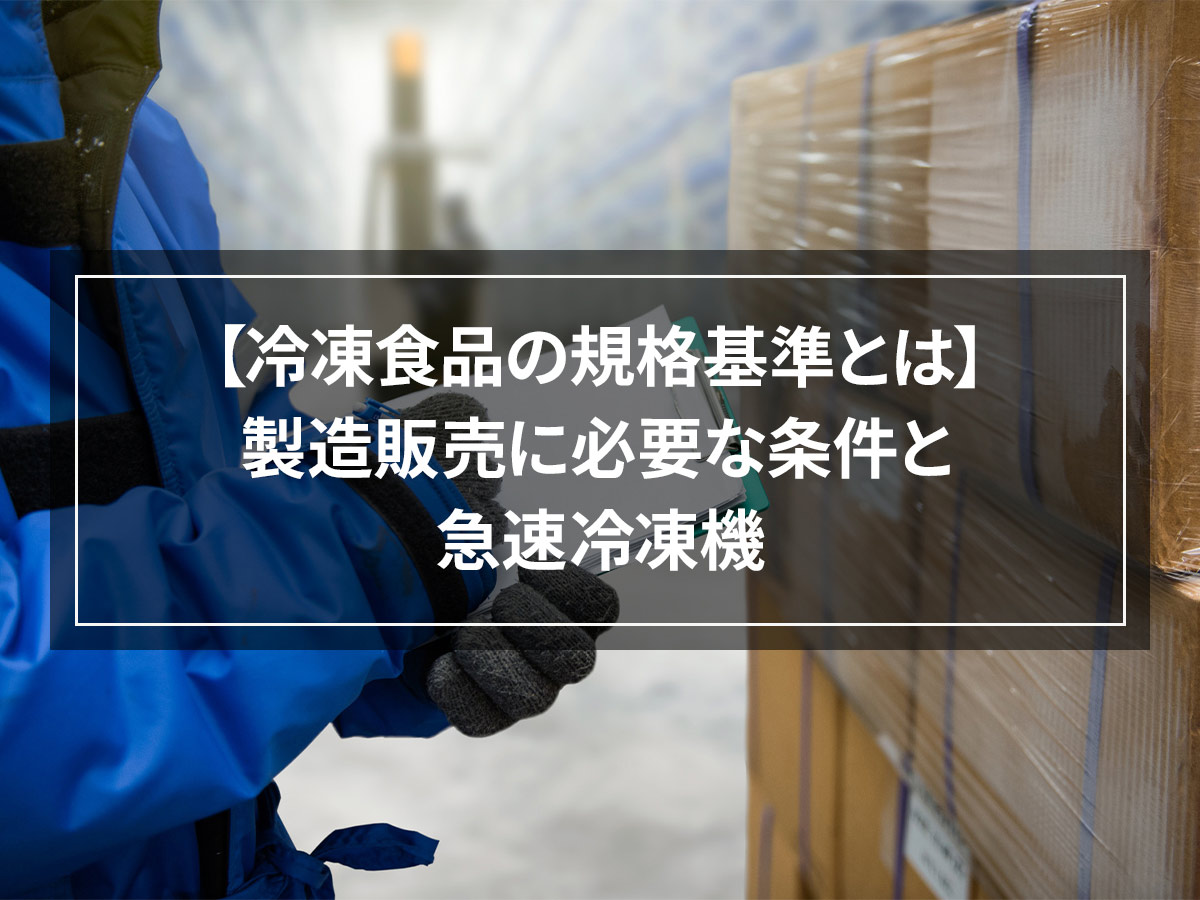
![[Explanation with photos! ] How to freeze taro, storage period, and 5 recipes!](https://shunkashutou.com/wp-content/uploads/2023/10/116858380_-768x512-1.jpg)
![[Nutrition remains the same! ? ] Introducing how to use frozen vegetables and recommended recipes](https://shunkashutou.com/wp-content/uploads/2023/10/vegetables-reito-1-1-768x511-1.jpg)

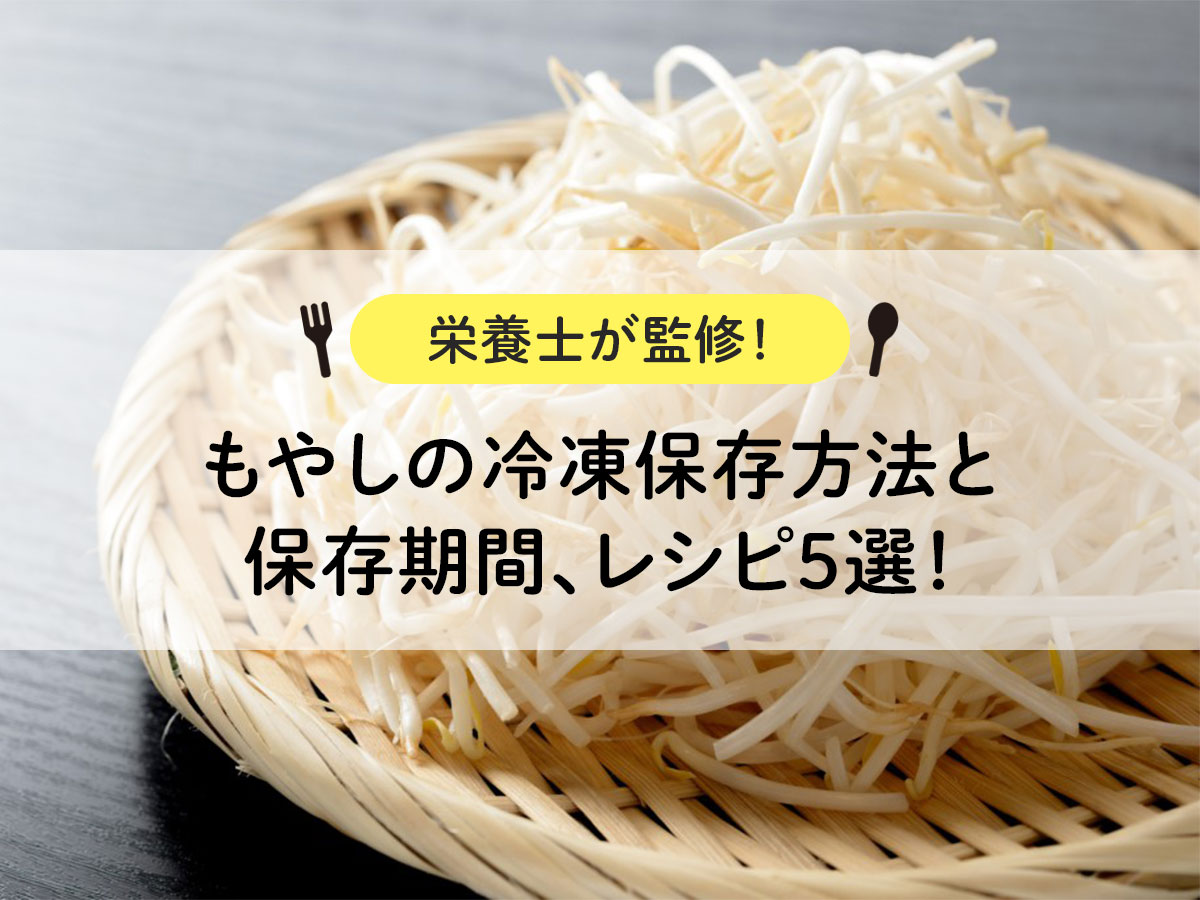
![[Make frozen oysters even more delicious! ] Correct thawing method and usage recipes](https://shunkashutou.com/wp-content/uploads/2023/10/5855c6e6d6dbdb298f86405b4b522329.jpg)
![[Explanation with photos] How to freeze salmon fillets, storage period, and 5 recipes](https://shunkashutou.com/wp-content/uploads/2023/10/fb96564ba06a8cc88a72f0c971ad54e5.jpg)

![[Manufacturing subsidies are recommended for rapid freezer! ] Explaining the ABCs of application](https://shunkashutou.com/wp-content/uploads/2020/12/4024568_s.jpg)

![[Deliver delicious ham! ] Meat processing manufacturer’s rapid freezing implementation example](https://shunkashutou.com/wp-content/uploads/2024/09/0825c4a97ac8495fd2408a91574cede6.webp)

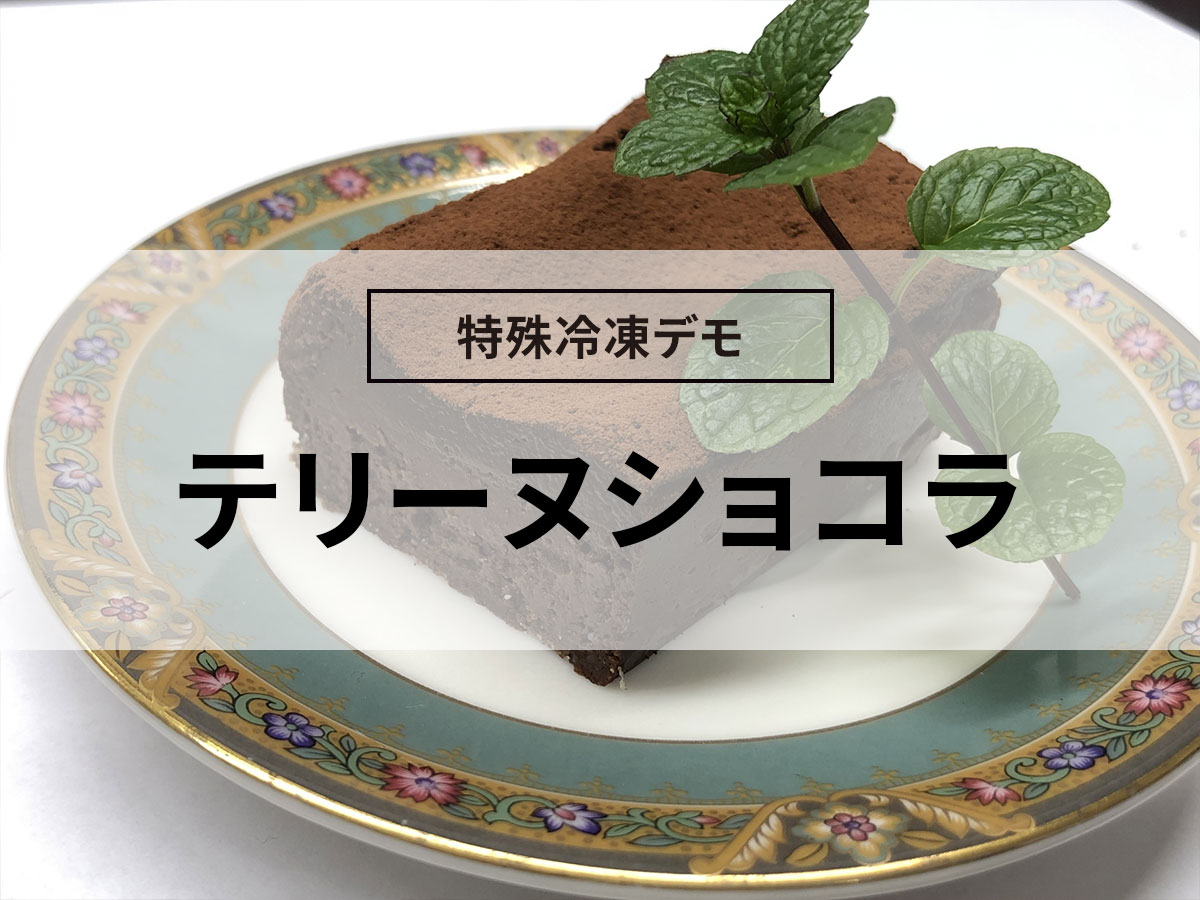

![[Need to know] 7 points to thaw frozen crab deliciously](https://shunkashutou.com/wp-content/uploads/2023/08/394440560c05fb5b512d75b81a3fae4f.jpg)
![Introducing how to freeze/thaw salmon roe and how long to store it [includes carefully selected recipes]](https://shunkashutou.com/wp-content/uploads/2023/09/236b884b68d07d2f5983f2b9ea66583d.jpg)
![[Rapid defrosting or slow defrosting] Unsure of which method? Read the complete guide on how to defrost](https://shunkashutou.com/wp-content/uploads/2024/10/ec8d0eb82bcecb5525574a8f72183a97.webp)
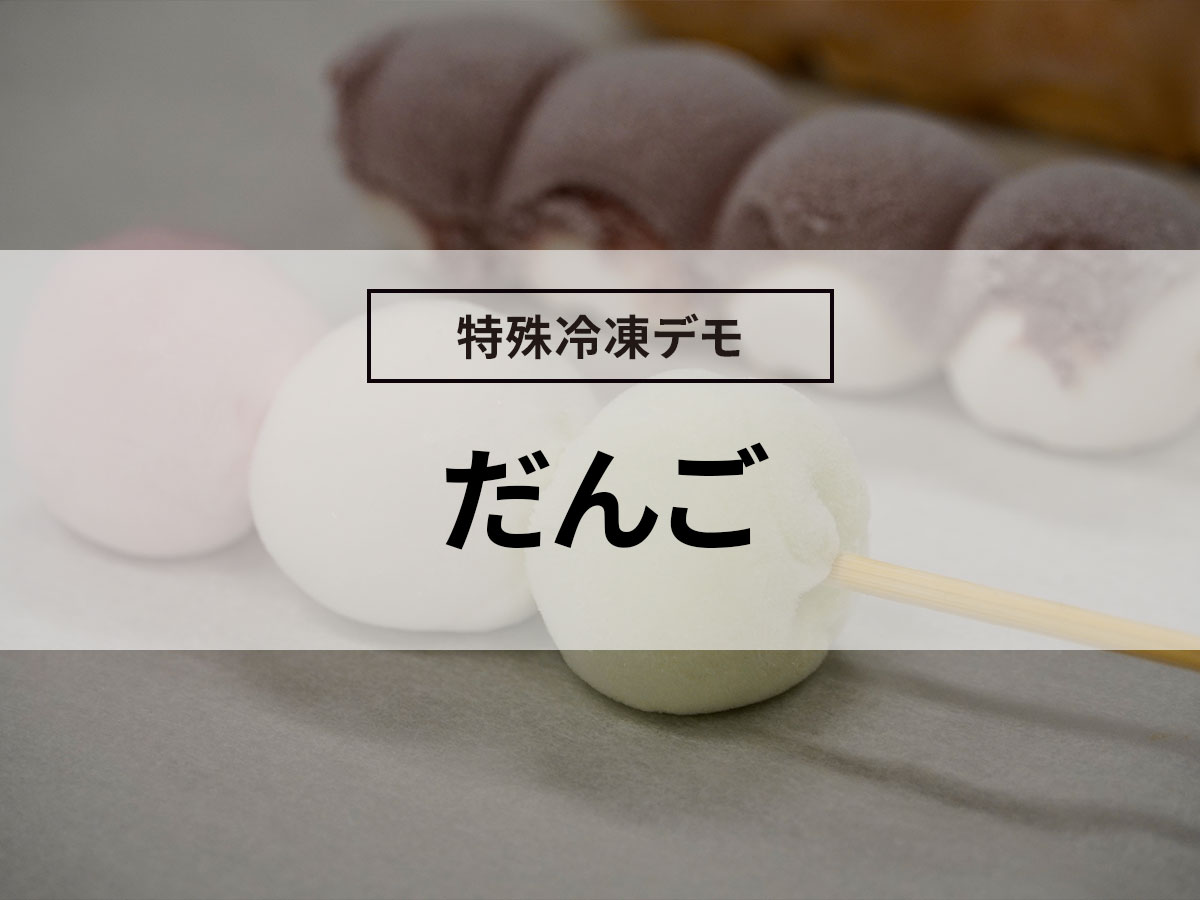
![How to freeze and thaw chestnuts, storage period, and 5 recipes! [Explanation with photos]](https://shunkashutou.com/wp-content/uploads/2023/09/c590a9e6fb16ed45fe2fdd32813de03b.jpg)
![[How to freeze and store clams to improve nutrition] How to freeze and thaw clams and 5 recipes!](https://shunkashutou.com/wp-content/uploads/2023/07/ecfa61188368277d34c95d6667bf15fe.jpg)
![[Can it be frozen? ] How to freeze mashed potatoes, how long they can be stored, and how to use them](https://shunkashutou.com/wp-content/uploads/2023/09/b7f3f25102051473b7c2f9452840a6f4.jpg)
![[It's good to know! ] Introducing how to freeze curry, how long to keep it frozen, and how to thaw it |](https://shunkashutou.com/wp-content/uploads/2023/08/5de5495c896622dc896a8f23d9528300.jpg)
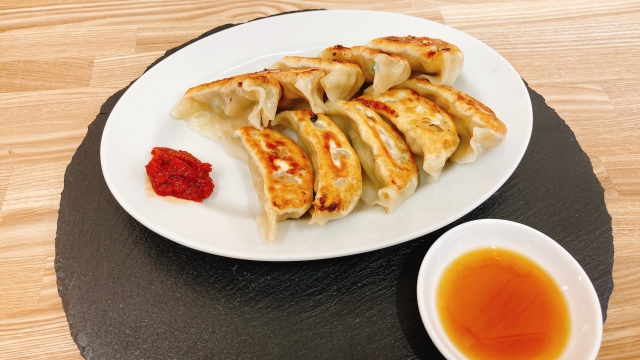

![Explaining how to freeze garland chrysanthemums with photos! [Defrosting and storage period, 5 recipes]](https://shunkashutou.com/wp-content/uploads/2023/10/syungiku-catch-768x512-1.jpg)


![Introducing recipes and methods for freezing and thawing bananas [Explanation with photos! ]](https://shunkashutou.com/wp-content/uploads/2023/07/494e7567627fb35e47ee5cb0e06e142c.jpg)
![Introducing recipes and methods for freezing spinach [Explanation with photos! ]](https://shunkashutou.com/wp-content/uploads/2023/10/spinachh-768x512-1.jpg)


![[Used in various fields] Points to note when purchasing liquid nitrogen](https://shunkashutou.com/wp-content/uploads/2024/08/864ed88d3bcf695fd1a9af88d772606c.webp)
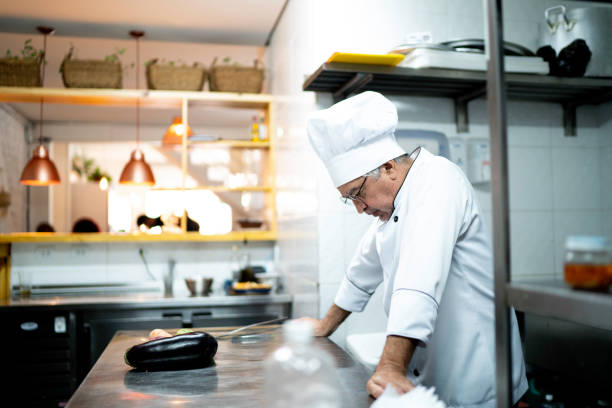


![[Can it be frozen? ] Introducing how to freeze ham and delicious recipes!](https://shunkashutou.com/wp-content/uploads/2023/09/867d7b924bf17d95bedba60a6503e00e.jpg)
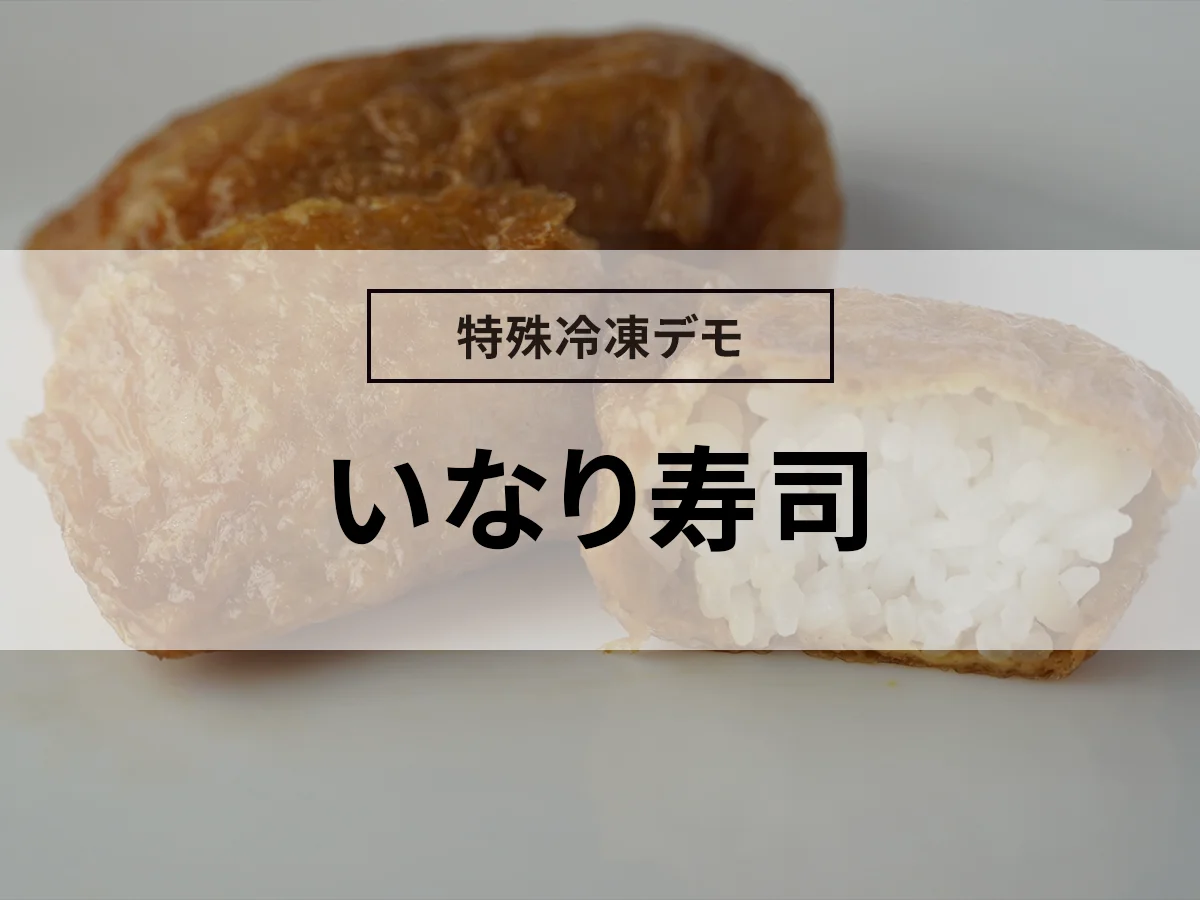
![[Explanation with photos! ] How to freeze beef, storage period, and 5 recipes!](https://shunkashutou.com/wp-content/uploads/2023/07/8717f2a867f52157bab47841b0f29019.jpg)
